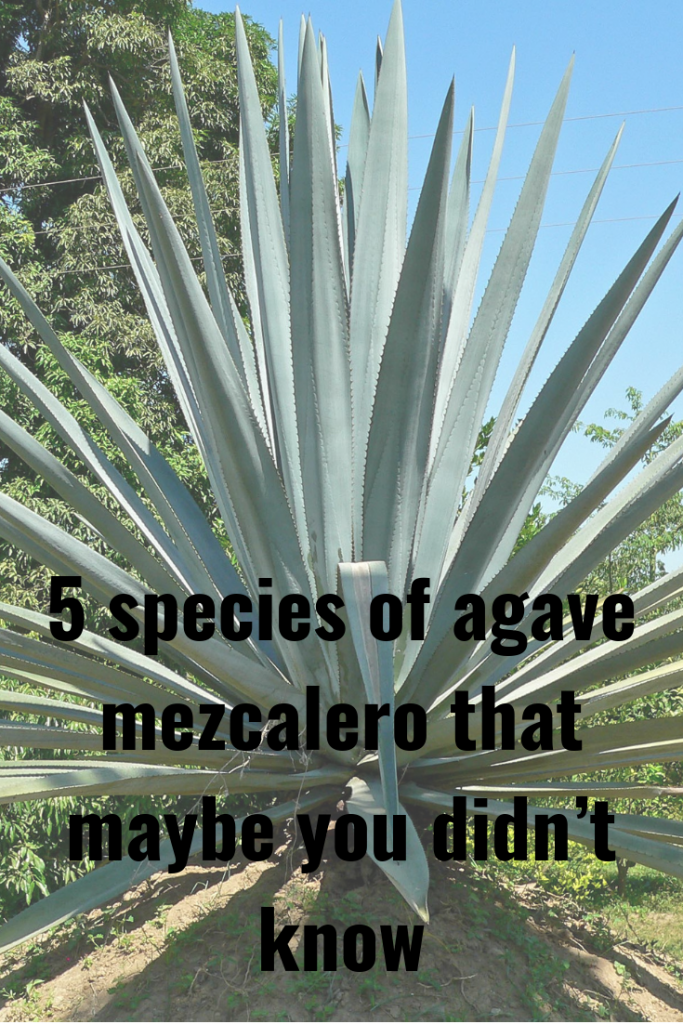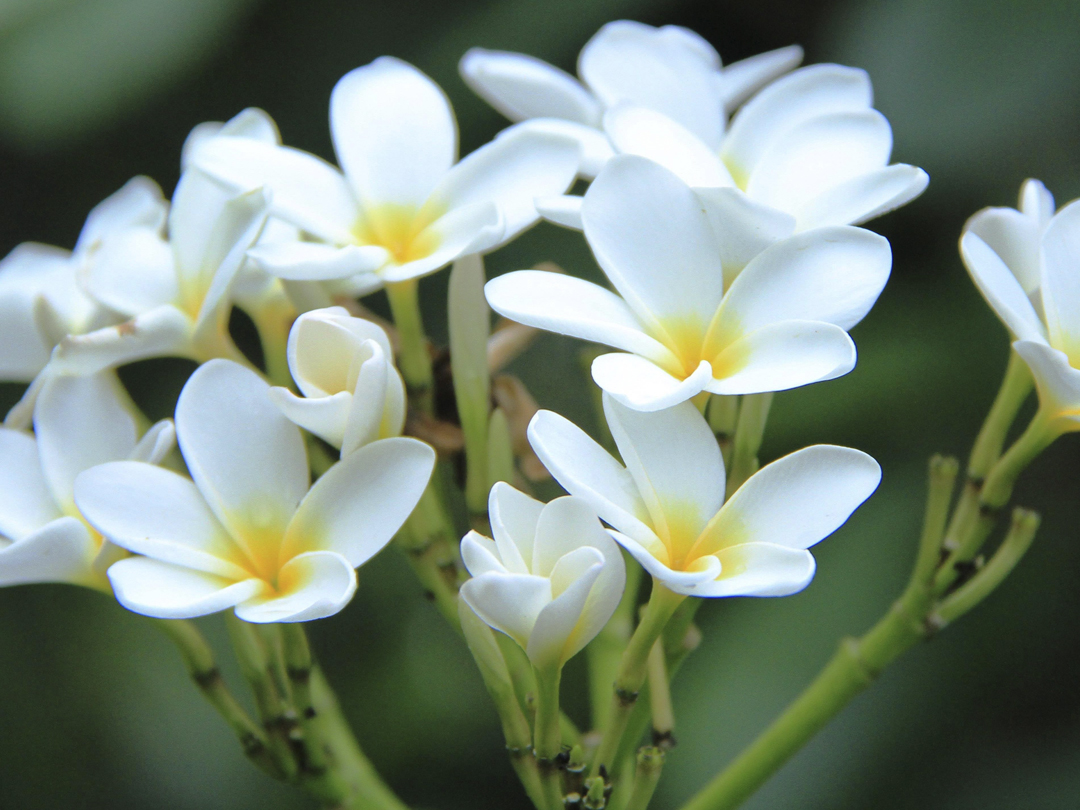5 species of agave mezcalero that maybe you didn’t know about
May 21, 2019
Where there is mezcal, there’s no place for evil
A genus of plants belonging to the family Agavaceae (hence its name). Its area of origin is the arid region that today is distributed between the north of Mexico and the south of the United States. It is estimated that the genus began to diversify 12 million years ago, so it has achieved a huge diversity of species, exceeding 300.
Agaves require a semi-dry climate. The characteristics of the soil for good growth must be clayey and permeable. Sun exposure is very important; without exceeding 100 cloudy days a year and, preferably, only 65.
Mexico is a country of maguey, from the best known, the blue used for tequila, to endemic species that you probably have not heard of. There are about 160 species of agave in Mexico.
Among the different species of agave are:
- Arroqueño (Agave americana var oaxacensis)
One of the longest mezcalero magueys. Their stems (pencas) are straight, striated and have a green color with white tones, due to a wax that covers them. It is known by several names, such as Blanco, Coyote, Gordo and many more.
It’s an endangered species and its period of life is between 18 and 25 years; in a few cases, it reaches 30 years. It produces a mezcal with the intense scent but with soft flavors on the palate. Its flavor shows notes of fresh herbs, cooked agave, and cinnamon.
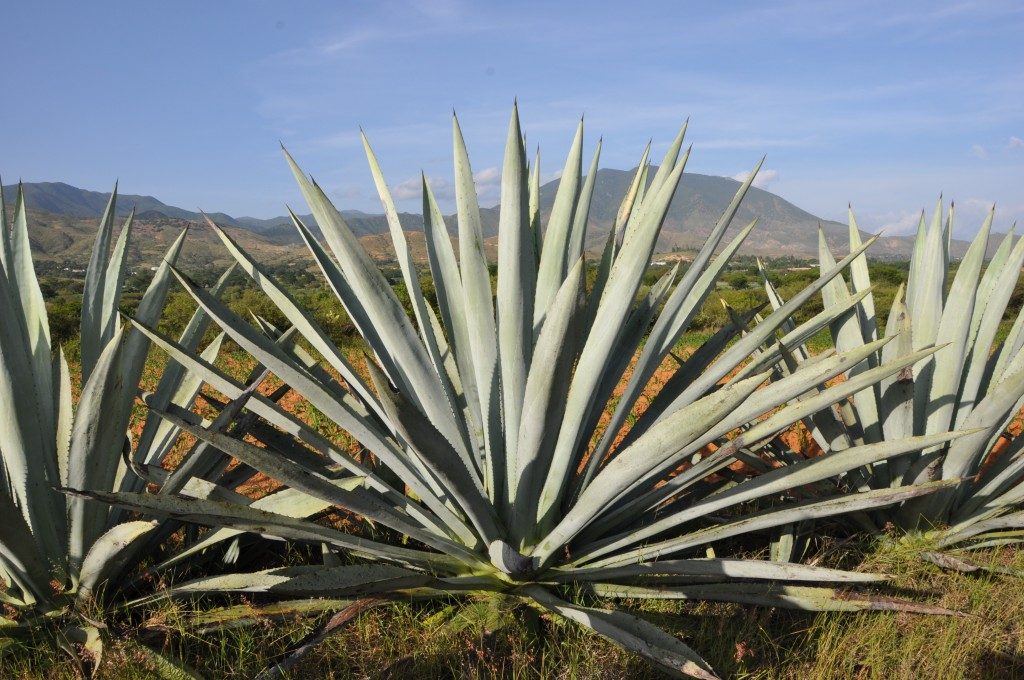
Agave Arroqueño (Agave americana var oaxacensis)
- Papalote (Agave cupreata)
It is a species of plant of the Asparagaceae family. This Agave is only found in the mountains of Michoacan and Guerrero at heights of 1,200 to 1,800 meters. It has a long period of life, and with mature buds (reaches its maturity close to 10 years) reaches about 60 centimeters in length and a stem of 6 meters. It dies to produce seeds.
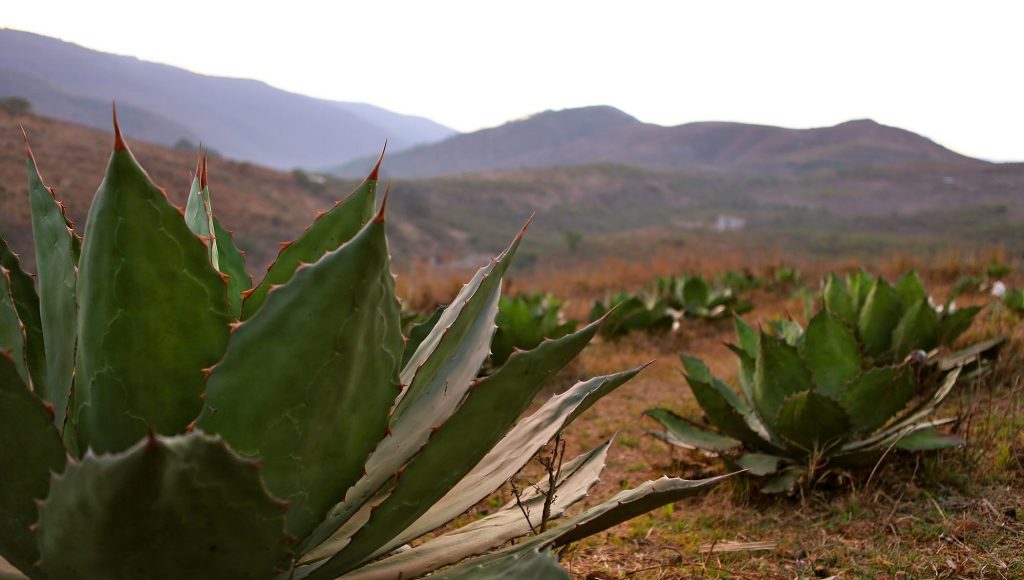
Agave Papalote (Cupreata)
- Jabali (Convallis)
This maguey is not used very often to produce mezcal, but even so, it is one of the favorites of mezcal fans. It has a great presence in the Sierra Madre del Sur. It is endemic of the state of Oaxaca, from areas with dry climates, where the soils are thin and limestone. They grow in heights of around 1,200 meters above sea level and in temperatures above 18 degrees Celsius. It is very sensitive to cold and can’t withstand low temperatures.
It takes 12 years to mature to produce mezcal, a process that is considered complicated because it produces many chemical compounds by nature, which causes damage to certain distillation tools. So, it takes a lot of experience in mezcal production to be able to make a good mezcal with this agave.
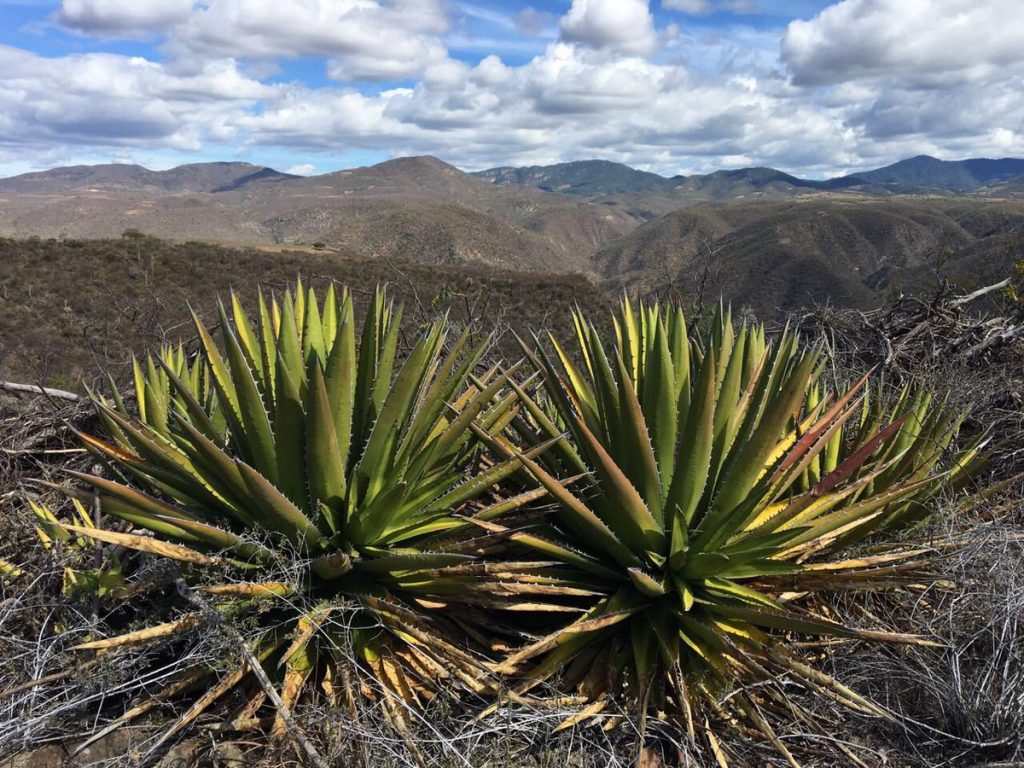
Agave Jabalí (Convallis)
- Tobala (Potatorum Zucc)
Named based of the Zapotec culture 'hat is in the land of rock and clay”. This agave, shaped like a rose, grows among pines and oaks, something that helps in times of drought. Another name it receives is 'Papalometl' from the Nahuatl language, which means butterfly. It grows naturally only in the highest altitude canyons in the shade of the oaks.
In Oaxaca, mezcal land, it is said that the Tobala mezcal is among the best. The mezcal produced with this maguey has light, subtle and smoky flavors.
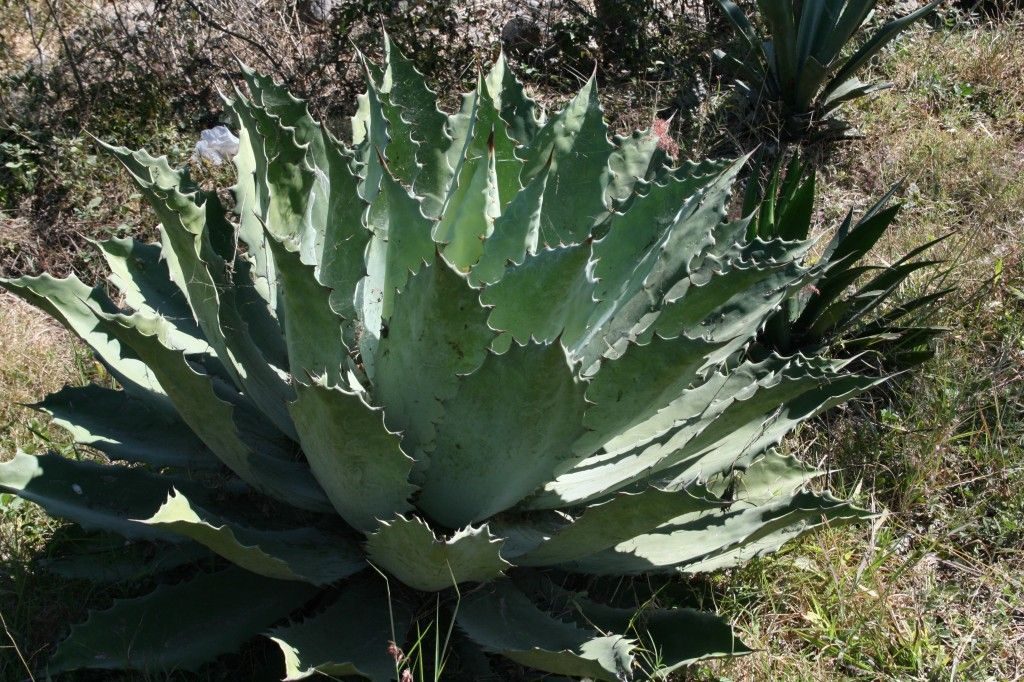
Agave Tobalá (Potatorum Zucc)
- Tepextate (agave marmorata)
Its scientific name comes from the Latin Marmora, which means marble because this species can grow in marble stones. It grows on dry soil like rocks on the slopes of the mountains. And it has wide, twisted pads about 9 inches wide. It is one of the longest living agaves since it can live almost for 20 years.
The mezcal that comes from this maguey has a light body and a sweet aroma, like sugar cotton. It gives a sweetness with notes of passion fruit, cinnamon, as well as floral tones, creating a sensation of freshness.
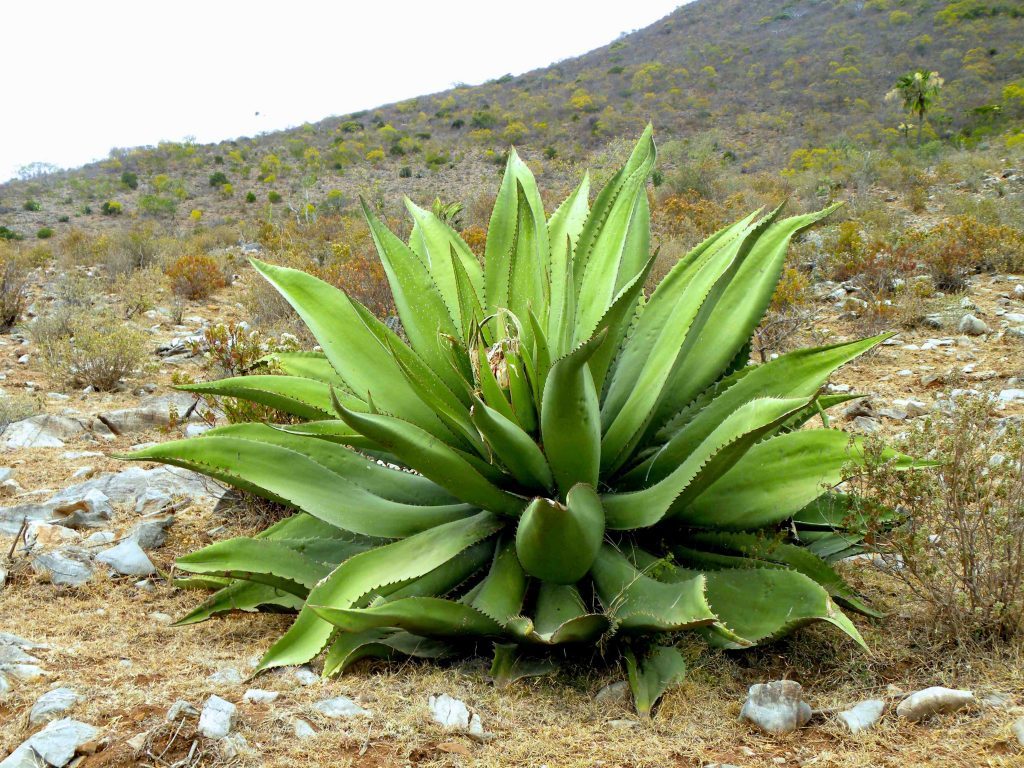
Agave Tepextate (Maarmorata)
Are you a mezcal fan? Leave a comment telling us, which one is your favorite agave!

Dominicano viviendo en Cancún. Amante de la fotografía, el cine y la música Rap. Disfruto viajar y c...
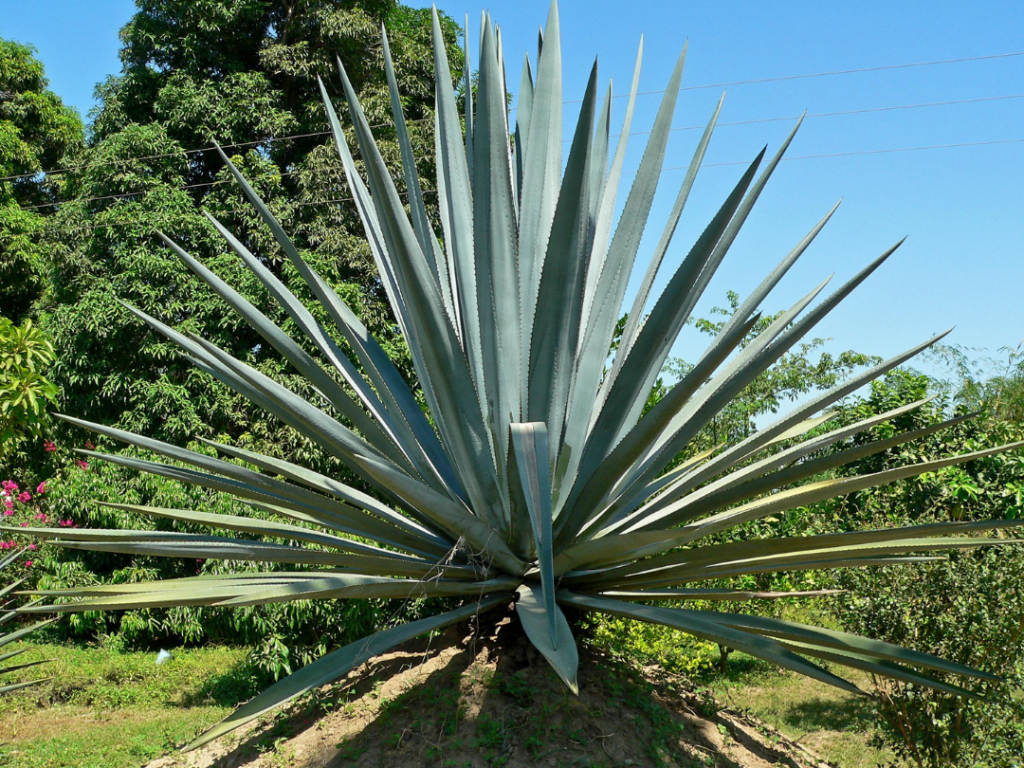
Posts Relacionados
Grupo Xcaret
Hotels
